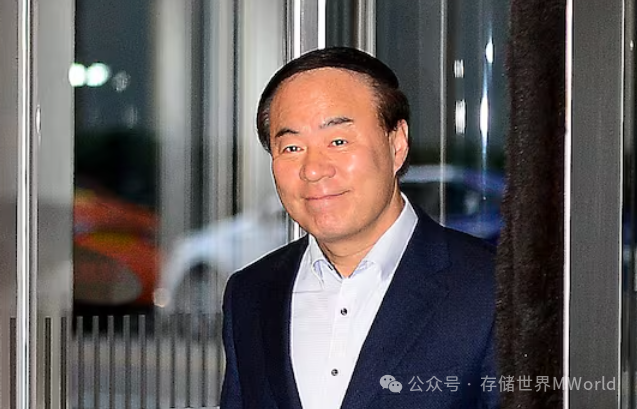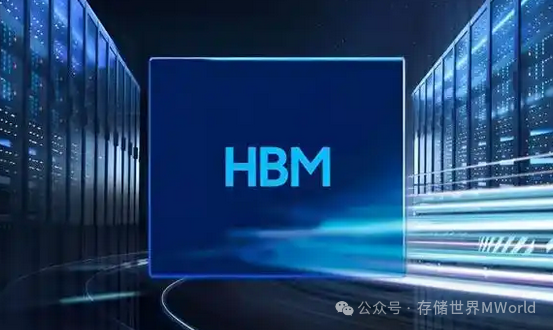Due to the application of the foundry process for the first time in the sixth generation of high bandwidth memory (HBM4) as the brain of the “logic chip”, it has been reported that the test yield of logic chips produced by Samsung Electronics’ foundry division is stable. Analysts suggest that Samsung Electronics, which has lagged in the HBM technology competition, will gain momentum in the development and mass production of HBM4 12 layers.
According to industry insiders, on April 16, the test production yield of logic chips produced using Samsung Electronics’ 4nm (nanometer, one billionth of a meter) process has exceeded 40%. It has been reported that Vice Chairman Choi Yong-hwan, head of Samsung Electronics’ DS (Semiconductor) division, recently sent encouraging messages regarding the performance of the wafer foundry division.

The foundry division introduced many new processes to improve performance while producing this logic chip. A semiconductor industry insider explained, “The initial test production yield of 40% is a good number, and we can start business immediately,“ adding, “Typically, (the foundry process) starts at around 10% , and as we enter the mass production phase, the yield gradually improves.“
Samsung Electronics has ceded its leading position in the HBM3E (fifth generation HBM) market to SK Hynix and Micron, and is currently fully committed to the production of HBM4 logic chips. HBM4 logic chips utilize refined foundry processes that not only enhance chip performance but also allow for production based on customer-required designs, thus flexibly responding to the rapidly growing demand in the “custom HBM” market, especially among large global tech companies. SK Hynix and Micron must rely on foundry company TSMC, but Samsung Electronics can leverage its own foundry technology to gain an advantage.

Now, the success of Samsung Electronics’ HBM4 business depends on the 10nm-level sixth generation (1c) DRAM being developed by the memory business unit. HBM4 12 layer products are equipped with 1c DRAM and logic chips. Samsung Electronics’ competitor SK Hynix is using the previous generation DRAM, namely 1bDRAM, for HBM4, so if Samsung Electronics can steadily mass-produce 1c DRAM, it will be able to gain an advantage in HBM4 performance.
The packaging will combine 1c DRAM and logic chips into a final product, which is also critical. The packaging method adopted by Samsung Electronics differs from that of SK Hynix. Samsung Electronics is using “advanced thermal compression non-conductive adhesive film (TC-NCF)” technology, which lays a thin film material each time chips are stacked, up to 12 layers of HBM products. However, this packaging method has been criticized for being difficult to control heat generation.
A semiconductor industry insider stated, “From Samsung Electronics’ perspective, the remaining task is to stabilize the DRAM mounted on the HBM and the packaging technology.“
Meanwhile, SK Hynix achieved over 70% of the HBM market share in the first quarter, marking the first time it has topped the DRAM market since its establishment. According to data from market research firm Counterpoint Research, in the first quarter of this year, SK Hynix accounted for 36% of the DRAM market, with Samsung Electronics following closely behind at 34% market share. SK Hynix has already mass-produced HBM4 12 layer products and has sent samples to customers.
Memory Chip Exchange Group (Note: Company + Position + Name)
(Note: Company + Position + Name)